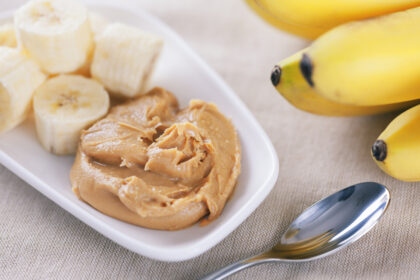
Do you or your children have trouble sleeping at night? There are many factors that can disrupt your quality of sleep. For example, according to the Sleep Health Foundation, if adults and children spend too much time viewing screens, don’t get enough physical activity, have irregular sleeping routines, and consume caffeine, they may have issues falling asleep. Consuming excessive sugary, salty, or caffeinated foods can cause you and your children to feel more alert and awake. In addition, if you or your children go to bed hungry or eat too much before bed, this can create problems with falling asleep. So the question becomes, how much can you eat before bed so you do not eat too much but you eat enough to comfortably sleep through the night? Try some of these healthy, light snack suggestions; these snack ideas will fill you up but won’t leave you feeling too full!
- One tablespoon of almond butter on a slice of whole wheat toast
- One apple or banana with almond butter or peanut butter
- A half of a cup of whole grain cereal with milk
- Crackers with low-fat cheese
- A half of a cup of Greek yogurt
These are some examples of foods that you and your children can eat before bed that will satiate you without making you feel too full. These food examples contain 150-200 calories and include some form of carbohydrates, which can help increase tryptophan into the brain and induce sleep, and protein, which can help you and your children stay fuller all night.. When choosing snacks to eat after dinner and prior to bedtime, try to focus on foods that include carbohydrates – but not too much sugar and protein – to help satisfy your appetite until the morning!
References
Perry, G. S., Patel, S. P., & Presley-Cantrell, L. R. (2011). Raising awareness of sleep as a healthy behavior. Preventing Chronic Disease. doi: http://dx.doi.org/10.5888/pcd10.130081
